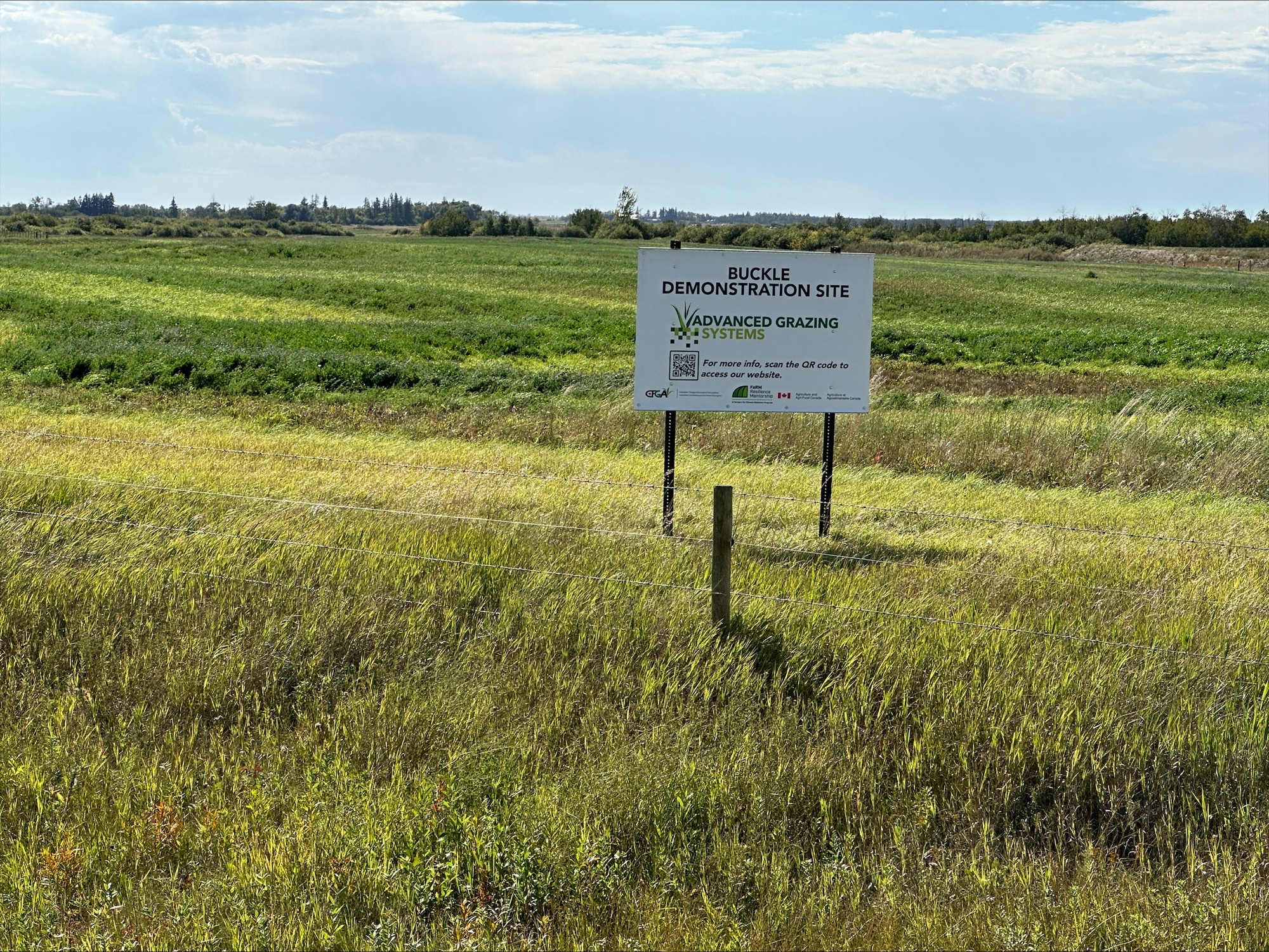
Site Background
About the Location
The Deschenes & Buckle demonstration site is located south of Grenfell, Saskatchewan within the Aspen Parkland ecoregion – a transition zone between the boreal forest to the north and the grasslands to the south. This region experiences short but warm summers, averaging 15°C and long, cold winters, averaging -12.5°C with continuous snow cover. Annual precipitation ranges from 400 to 500 millimetres. The rich, black Chernozemic soil and level topography of this area have resulted in many cultivated acres of productive farmland, with some areas of productive native and domesticated pastureland.
Native deciduous trees include trembling aspen and oak groves, while mixed tall shrubs, willows and sedge species thrive in the lower, poorly drained areas of Gleysolic soils. Meadow areas are populated with fescue and wheatgrass species. Small lakes and sloughs create rich riparian habitats that support white-tailed deer, coyote, snowshoe hare, red fox, northern pocket gopher, ground squirrel, sharp-tailed grouse and black-billed magpie and various waterfowl species.
About the Farm
Nichole and Robbie own and operate a farm in Southeastern Saskatchewan, which they founded together in 2020 as two young farmers with a shared dream. Currently they background cattle but hope to move towards establishing their own beef herd in the future. Their farm is already home to two well-established, closed heritage breed herds – Mangalitsa pigs and Blackbelly sheep. Nichole and Robbie manage the two herds through a small rotational grazing system they established in 2022.
Learning about Rotational Grazing
It didn’t take long after purchasing their land for Nichole and Robbie to notice the negative effects that cultivation has on the soil. And with the rising costs of synthetic fertilizers, they knew they had to transition to regenerative farming to maximize production of their land in the most economical way. Determined to implement rotational grazing, they explored every learning opportunity – from networking with other farmers to utilizing online resources. In 2022, they purchased a mix of meat and laying chickens, pigs, sheep and goats to begin their small-scale rotational grazing program.
Rotational Grazing Objective
The rotational grazing objective of this farm is to maximize the animal units on their land while improving the soil health of their pasture resulting in increased production. They also recognize that the healthier the soil and plants are helps to contribute to a more sustainable and thriving environment.
Funding for this project in part has been provided by Agriculture and Agri-Food Canada through the Agricultural Climate Solutions – On-Farm Climate Action Fund.
